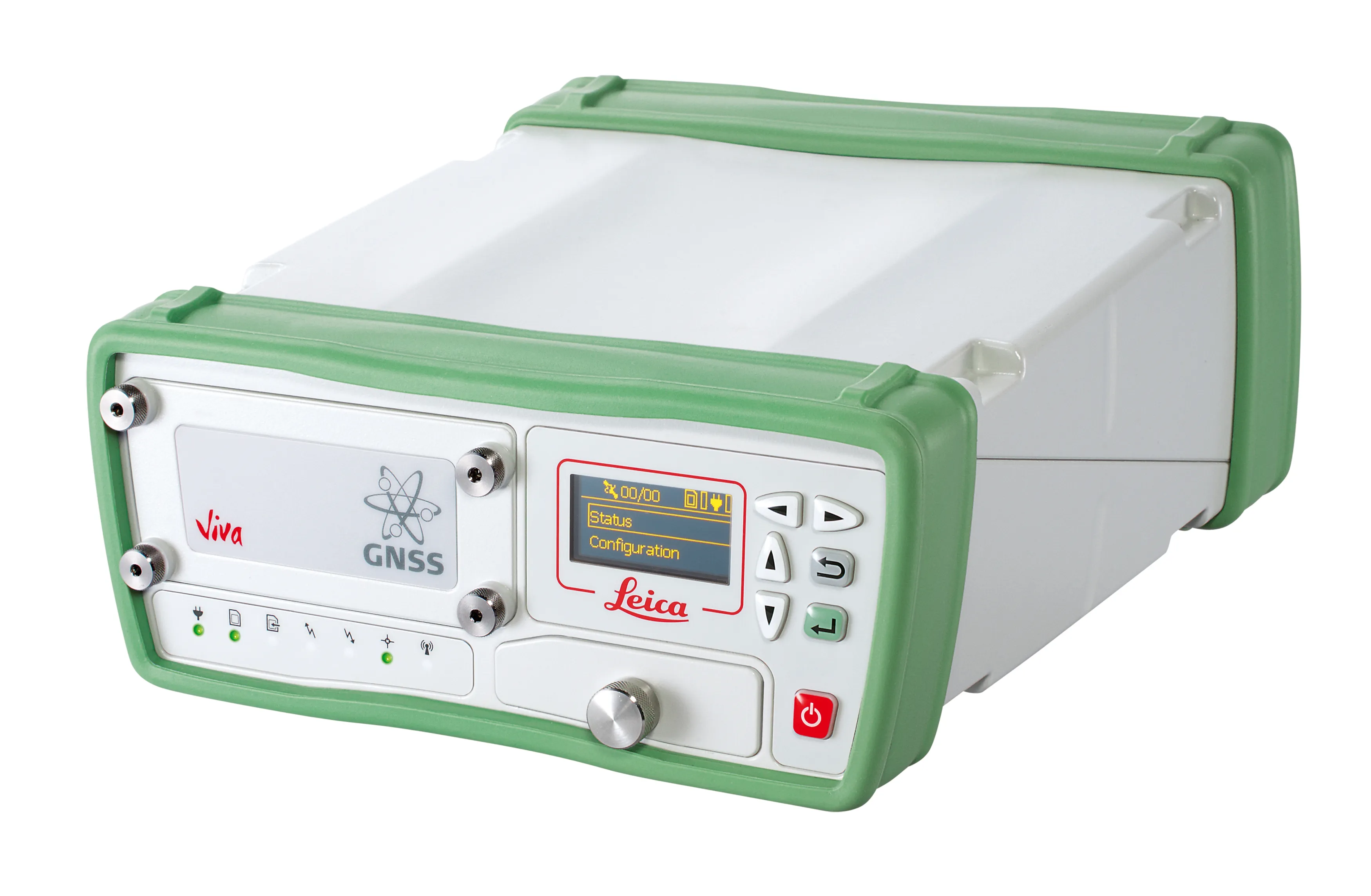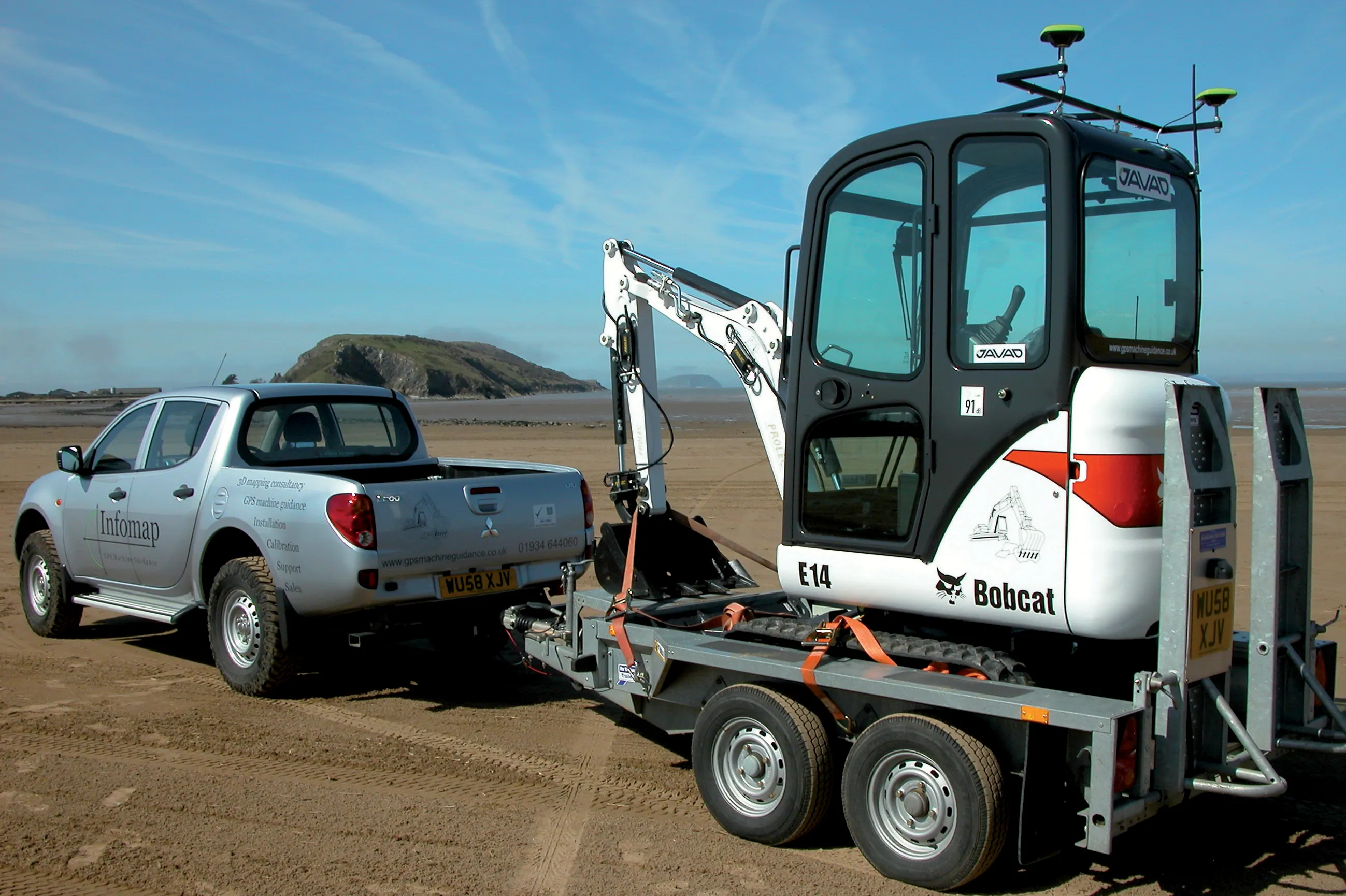Hemisphere says that its new S321+ and C321+ GNSS smart antennae are well-suited to mounting on construction equipment to offer machine control technology. The multi-frequency S321+ and C321+ systems offer Athena RTK and Atlas GNSS global corrections and are upgrades to their previous versions. The new units have additional capabilities and are powered by the Eclipse P326 OEM board, supporting 394 channels. These can simultaneously track all satellite signals including GPS, GLONASS, BeiDou, Galileo, and QZS
December 15, 2017
Read time: 2 mins

Hemisphere says that its new S321+ and C321+ GNSS smart antennae are well-suited to mounting on construction equipment to offer machine control technology. The multi-frequency S321+ and C321+ systems offer Athena RTK and 7985 Atlas GNSS global corrections and are upgrades to their previous versions. The new units have additional capabilities and are powered by the Eclipse P326 OEM board, supporting 394 channels. These can simultaneously track all satellite signals including GPS, GLONASS, BeiDou, Galileo, and QZSS, as well as being robust and reliable. The S321+ and C321+ combine Hemisphere’s Athena GNSS engine and Atlas L-band correction technologies with a new webUI.
The rugged antennae are designed for use in challenging environments and come in two versions, with 4G LTE optimised for either North American or international locations. The S321+ and C321+ are preconfigured to test-drive corrections from Hemisphere’s Atlas L-band correction service. The bundled solution provides users worldwide with an easy way to use Atlas, including Hemisphere’s Atlas H10 service offering 8cm 95% accuracy. They also use Hemisphere’s aRTK technology, powered by Atlas, which allows the receivers to operate with RTK accuracies when RTK corrections fail.









